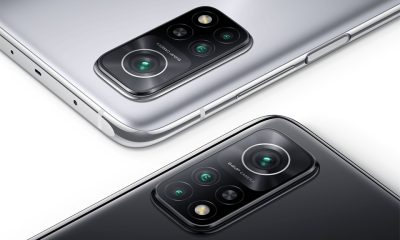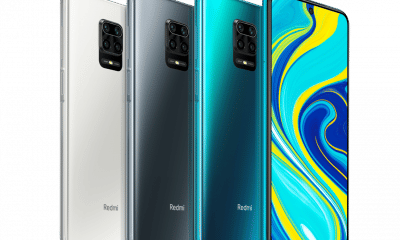Phones
Analysis of the Redmi Note 11 Pro Processor
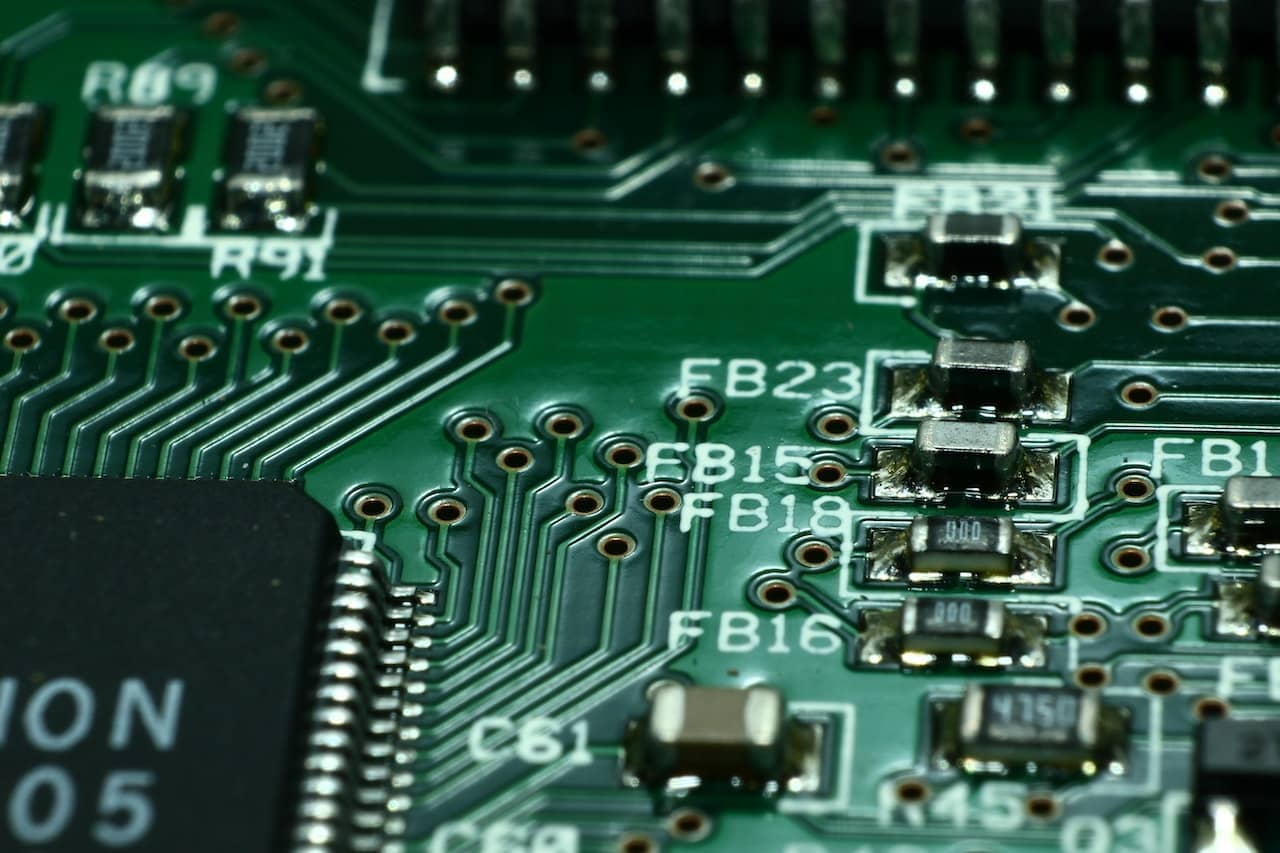
As we delve into the world of tech and digital innovation, a gem that stands out in the mobile market is the Redmi Note 11 Pro. The magic of any smartphone lies beneath its surface, in the powerful core known as the processor. This article aims to explore the power of the Redmi Note 11 Pro processor, providing you with an in-depth analysis of its capabilities, performance, and role in the user experience.
The Core of Redmi Note 11 Pro: The Processor
The Redmi Note 11 Pro is powered by a potent chip that significantly determines its performance capabilities. This unit’s beating heart is the Qualcomm Snapdragon 778G 5G processor. This chipset is a multi-core unit with a high clock speed, promising stellar performance and energy efficiency.
The Snapdragon 778G 5G is an octa-core chipset, composed of a Kryo 670 CPU that promises up to 40% improved performance and 50% increased power efficiency compared to its predecessors. With such specifications, it’s evident that Qualcomm aimed to optimize performance without compromising energy consumption.
The processor is also equipped with an Adreno 642L GPU that enhances the device’s graphic performance, ensuring smooth operation even in graphic-intensive tasks like gaming. This aspect is bolstered by the inclusion of a 6th generation Qualcomm AI Engine, which delivers a powerful artificial intelligence (AI) performance.
Moreover, the processor supports an extended RAM technology which uses idle ROM space, significantly boosting the overall speed and ensuring a smoother user experience. With a 5G modem integrated, the processor allows super-fast internet connectivity, setting a robust foundation for a future-proof smartphone.

Processor Performance Analysis
To evaluate the power of the Redmi Note 11 Pro’s processor, it’s vital to consider its performance in everyday tasks and compare it with similar smartphone processors.
The Snapdragon 778G 5G, with its octa-core Kryo 670 CPU, demonstrates remarkable speeds in everyday tasks like web browsing, social media scrolling, video playback, and multitasking between light apps. The processor manages these activities without any noticeable lag or heating issues.
In benchmark tests, the Redmi Note 11 Pro’s processor shows impressive results. For instance, in the Geekbench 5 benchmarking platform, the smartphone scores high in both single-core and multi-core tests, rivaling many of its competitors like the Samsung Galaxy A52s 5G and the Oppo Reno6 5G, both of which also use the Snapdragon 778G 5G.
Influence on User Experience
The processor’s performance directly impacts the user experience, significantly affecting the operation of intensive tasks, battery life, and device efficiency.
For intensive tasks like gaming, the Redmi Note 11 Pro, with its Snapdragon 778G 5G processor and Adreno 642L GPU, provides an exceptional experience. Popular games like PUBG Mobile and Call of Duty Mobile run smoothly on high settings, highlighting the processor’s strong performance.
The device’s energy efficiency is another crucial aspect to consider. Despite its power, the Snapdragon 778G 5G maintains good energy efficiency, contributing to the extended battery life of the Redmi Note 11 Pro. This ensures that users can engage in power-demanding tasks for extended periods without draining the battery rapidly.

The Redmi Note 11 Pro Processor in the Broader Market Context
In the broader smartphone market context, the Redmi Note 11 Pro processor holds its ground impressively. When compared with smartphones in a similar price range, like the Samsung Galaxy A52s 5G and the Oppo Reno6 5G, the Redmi Note 11 Pro delivers equivalent or even superior performance in some aspects.
The processor’s powerful AI performance is a major standout point. The 6th generation Qualcomm AI Engine boosts a variety of AI-driven features, such as better photo optimization and improved voice recognition, outclassing many rival devices in its price category.
Furthermore, the inclusion of a 5G modem within the processor places the Redmi Note 11 Pro in a favorable position in the market, catering to the growing demand for 5G-enabled smartphones.
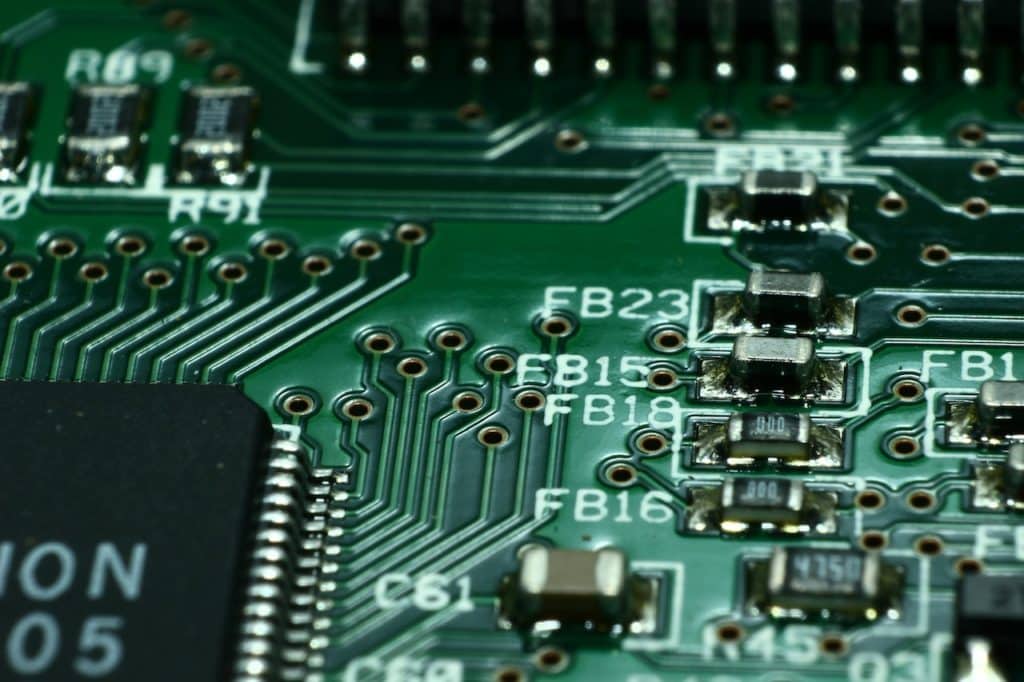
Conclusion
In summary, the Redmi Note 11 Pro processor is a technological marvel, combining powerful performance capabilities with energy efficiency to deliver a fantastic user experience. The Qualcomm Snapdragon 778G 5G chipset under its hood does an excellent job in handling everyday tasks and intensive activities alike.
From gaming to multitasking to connectivity, the processor is undoubtedly a significant contributor to the Redmi Note 11 Pro’s value proposition. By understanding this, users can better appreciate the role of a smartphone’s processor and the way it shapes their digital experience. As the market evolves, we can look forward to seeing more such impressive processors in the future.
Frequently Asked Questions
1. What processor does the Redmi Note 11 Pro use?
The Redmi Note 11 Pro is powered by the Qualcomm Snapdragon 778G 5G processor, which delivers impressive performance and energy efficiency.
2. How does the Redmi Note 11 Pro processor perform in everyday tasks?
The Snapdragon 778G 5G processor allows the Redmi Note 11 Pro to handle everyday tasks like web browsing, social media scrolling, and video playback smoothly and without any noticeable lag.
3. Can the Redmi Note 11 Pro handle intensive tasks like gaming?
Absolutely. With its Snapdragon 778G 5G processor and Adreno 642L GPU, the Redmi Note 11 Pro can run graphic-intensive games smoothly on high settings.
4. How does the Redmi Note 11 Pro processor influence the device’s battery life?
Despite its power, the Snapdragon 778G 5G processor is energy efficient. This contributes to the extended battery life of the Redmi Note 11 Pro, allowing users to engage in power-demanding tasks without rapidly draining the battery.
5. How does the Redmi Note 11 Pro processor compare with other devices in the same price range?
The Redmi Note 11 Pro, powered by the Snapdragon 778G 5G processor, delivers equivalent or even superior performance in certain aspects when compared to other devices in its price range like the Samsung Galaxy A52s 5G and the Oppo Reno6 5G.
-

 Gadgets6 months ago
Gadgets6 months agoCan Dogs Use VR Headsets?
-

 Tech6 months ago
Tech6 months agoWhat Does “Voicemail Pending” Mean?
-

 Phones5 months ago
Phones5 months agoHow Do I Know if My Phone Supports AR?
-

 Tech5 months ago
Tech5 months agoDoes Astigmatism Affect Your VR Experience?
-

 Business5 months ago
Business5 months agoHow Do You Make an AR Without Coding?
-
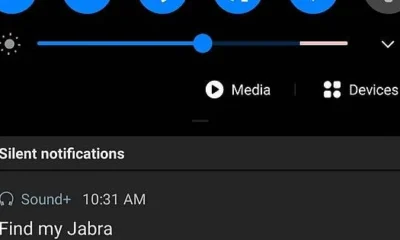
 Phones5 months ago
Phones5 months agoWhat To Do About That Weird Notification Sound on Android?
-
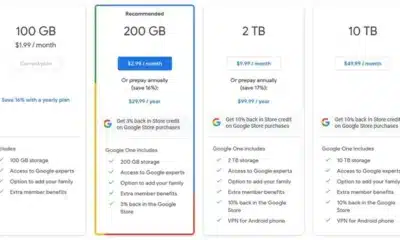
 Tech4 months ago
Tech4 months agoHow Can I Get Google Drive 1TB for Free?
-

 Phones4 months ago
Phones4 months agoHow Does SnapDrop Work? – Instant File Sharing Made Easy





